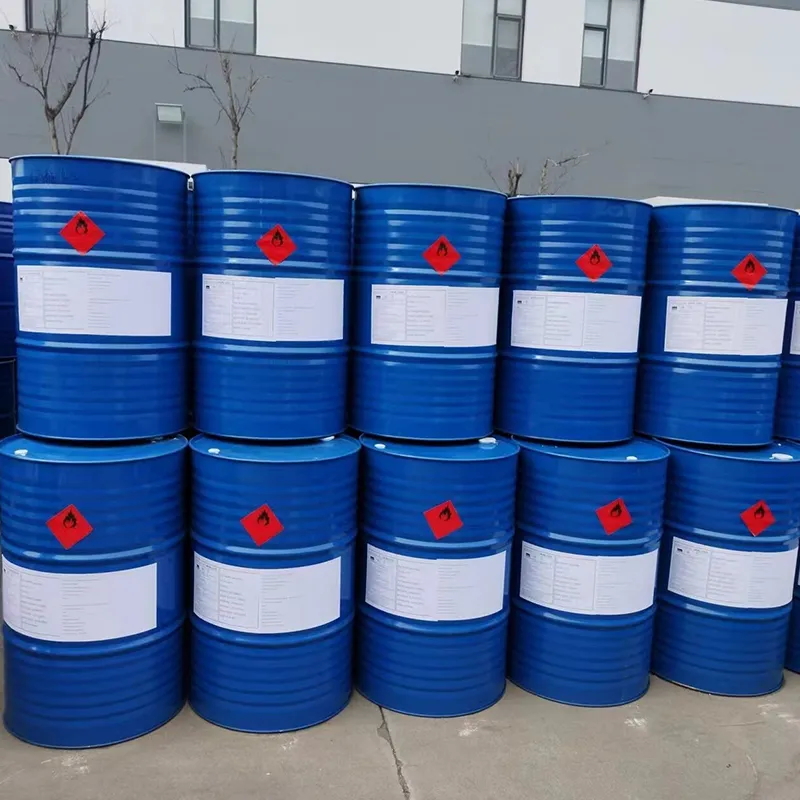
glacial acetic acid cost
The Cost of Glacial Acetic Acid An Overview
Glacial acetic acid, a colorless liquid with a distinctive pungent smell, is a key chemical used in various industrial applications. Recognized for its role as a solvent, in the production of synthetic fibers, plastics, and as a food preservative, glacial acetic acid holds a vital position in the chemical industry. Understanding the factors that influence its cost is essential for industries that rely on this compound.
Factors Influencing Cost
1. Raw Material Prices The primary raw material used in the production of acetic acid is methanol. Consequently, fluctuations in methanol prices directly impact the cost of glacial acetic acid. Changes in crude oil prices, global supply and demand dynamics, and production levels in major methanol-producing countries can lead to price volatility.
2. Production Processes Glacial acetic acid can be synthesized through various methods, including the carbonylation of methanol and acetaldehyde oxidation. The choice of production process affects the overall cost due to variations in energy consumption, raw material efficiency, and waste management. More efficient processes tend to reduce costs, while less efficient methods can add to the production expenses.
3. Energy Costs The production of glacial acetic acid is energy-intensive, making energy prices a significant factor in its overall cost. Regions with higher electricity or natural gas prices will see a corresponding increase in production costs. Additionally, the commitment to sustainable practices has led many manufacturers to invest in alternative energy sources, further influencing cost structures.
4. Regulatory Environment Environmental regulations regarding the production and transportation of glacial acetic acid can add an additional layer of complexity and cost. Compliance with regulations requires investment in technology, waste treatment facilities, and safety measures. Therefore, companies situated in regions with stringent regulations may experience higher operational costs.
glacial acetic acid cost

5. Market Demand The demand for glacial acetic acid in end-use industries, such as textiles, pharmaceuticals, and food processing, plays a critical role in determining its market price. Economic conditions that influence these sectors, such as consumer spending and industrial growth, directly impact demand. A surge in demand can lead to price increases, while a downturn may result in price reductions.
6. Global Supply Chain Dynamics The global nature of the chemical market means that geopolitical factors, trade agreements, and logistical challenges can influence the availability and cost of glacial acetic acid. Disruptions in supply chains, whether due to natural disasters or political instability, can lead to sudden price increases.
Current Market Trends
As of late 2023, the market for glacial acetic acid is experiencing a phase of cautious optimism. After recovering from pandemic-induced disruptions, many industries are ramping up production, leading to a moderate increase in demand. However, challenges related to raw material availability and energy costs persist, prompting manufacturers to seek innovative solutions to maintain cost-effectiveness.
In response to these challenges, many companies are exploring vertical integration strategies, investing in the development of more efficient production technologies, and exploring alternative feedstocks. These strategies aim not only to control costs but also to enhance sustainability practices, aligning with the growing demand for environmentally friendly products.
Conclusion
The cost of glacial acetic acid is influenced by a myriad of factors, from raw material prices to regulatory requirements. For industries reliant on this chemical, understanding these dynamics is crucial for strategic planning. As the market continues to evolve, businesses that adapt to changing conditions, optimize their production processes, and respond to consumer trends will be better positioned to manage costs and maintain competitiveness in the marketplace.
-
Pure Sodium Dichloroisocyanurate Dihydrate | Powerful DisinfectantNewsAug.29,2025
-
Industrial Chemicals: Quality & Purity for Every IndustryNewsAug.28,2025
-
Nitrile Rubber Honoring Strict Production StandardsNewsAug.22,2025
-
Aspartame Ingredients Honoring Food Safety ValuesNewsAug.22,2025
-
Fertilizer for Balanced Plant NutritionNewsAug.22,2025
-
Cyanide Gold Processing with High Purity AdditivesNewsAug.22,2025
-
Formic Acid in Textile Dyeing ApplicationsNewsAug.22,2025
Hebei Tenger Chemical Technology Co., Ltd. focuses on the chemical industry and is committed to the export service of chemical raw materials.
-

view more DiethanolisopropanolamineIn the ever-growing field of chemical solutions, diethanolisopropanolamine (DEIPA) stands out as a versatile and important compound. Due to its unique chemical structure and properties, DEIPA is of interest to various industries including construction, personal care, and agriculture. -

view more TriisopropanolamineTriisopropanolamine (TIPA) alkanol amine substance, is a kind of alcohol amine compound with amino and alcohol hydroxyl, and because of its molecules contains both amino and hydroxyl. -

view more Tetramethyl Thiuram DisulfideTetramethyl thiuram disulfide, also known as TMTD, is a white to light-yellow powder with a distinct sulfur-like odor. It is soluble in organic solvents such as benzene, acetone, and ethyl acetate, making it highly versatile for use in different formulations. TMTD is known for its excellent vulcanization acceleration properties, which makes it a key ingredient in the production of rubber products. Additionally, it acts as an effective fungicide and bactericide, making it valuable in agricultural applications. Its high purity and stability ensure consistent performance, making it a preferred choice for manufacturers across various industries.





